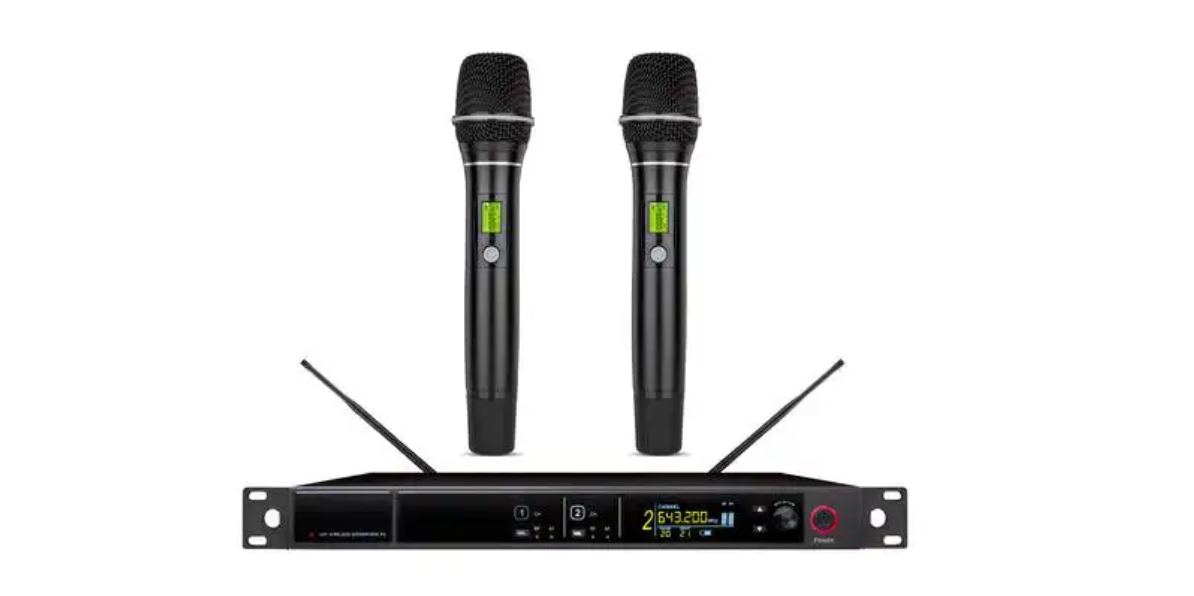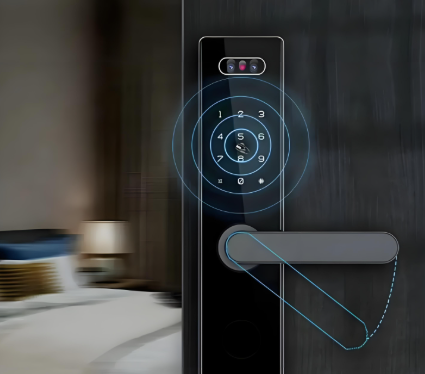
basic introduction
CPSC is an important consumer rights protection organization in the United States, and is the abbreviation of Consumer Product Safety Committee, that is, Consumer Product Safety Association. The US Consumer Product Safety Commission (CPSC) was established in 1972. Its responsibility is to protect the interests of consumers, and to maintain personal and family safety by reducing the risk of injury and death from consumer products. The main functions of CPSC are as follows: formulating producer self-discipline standards, and for compulsory standards or bans for consumer products that do not have standards to follow. Carry out inspections on potentially dangerous products, and provide feedback to consumers through various channels including the media, state, local government, and individual group organizations. CPSC is now responsible for the security monitoring of more than 15,000 consumer products.
main content
1. Establish uniform national standards across the United States.
2. Further regulate leaded toys
3. Add traceability labels to toys.
4. Convert the voluntary standard ASTM F963 into a mandatory standard.
5. Mandatory third test for certain children’s products n Control of 6 phthalates in toys
Test item details
The CPSIA regulations are divided into two parts, of which the first part relates to "children's product safety" and the second part relates to "consumer product safety committee reform". The first part involves the following chapters:
Article 101. Leaded children's products; lead paint standards
Article 102. Mandatory third-party testing of certain children's products
Article 103. Tracking labels for children's products
Article 104. Standards for durable infant products and consumer registration
Section 105. Advertising labeling requirements for toys and game appliances
Section 106. Mandatory toy safety standards
Section 107. Research on preventable casualties related to consumer products of minority children
Section 108. Ban on the sale of products containing certain phthalates
Phthalates
CPSIA revises the content of phthalate esters, its regulations are as follows
(a) Children's toys or child care products must not contain the following phthalates with a concentration of more than 0.1%
DEHP di-(2-ethylhexl) phthalates
DBP dibutyl phthalates
BBP benzyl butyl phthalates
(b) Toys or child care products that can be placed in the mouth of children must not contain the following phthalate concentrations above 0.1%
DINPdiisononyl phthalates
DPENPdi-n-pentyl phthalates (generally call as DnPP)
DHEXP di-n-hexyl phthalates (generally call as DnHP)
DCHP dicyclohexyl phthalates
DIBP diisobutyl phthalates
The rule (b) is based on the recommendations of the Chronic Hazards Advisory Group (CHAP), which reviewed the health effects of phthalates in children’s toys and childcare supplies. According to the CHAP report, most of the CPSC determined that these five phthalate chemicals are harmful to male reproductive development.
The final rule limits the total number of phthalates used in children’s toys and childcare supplies to eight, with a concentration not exceeding 0.1%.
Testing and certification
CPSC is responsible for the certification of various products on the market, this certification is also known as CPSC certification.
CPSC's existing catalog manages 15,000 different products. CPSC rules are a way to collect product safety data, remind customers of the dangers of products, and reduce hazards. CPSC rules are used to deal with electronic oscillations, fires, and other safety hazards. CPSC rules also apply to products that are involved in litigation cases and fail to implement safety guidelines and cause injury or death. Manufacturers, importers, distributors and retailers must make written reports on products that are detected as unsafe, and only products that have received a safety mark are allowed to enter the market.
Security certificate required
Importers and manufacturers must be based on certificates of conformity provided by CPSIA distributors and retailers. These certificates indicate that the product has been properly tested and complies with CPSIA requirements. Without these certificates, it is likely that they will be rejected when they arrive at the store, and the shipment of the product, so there are some built-in compliance checks on the new behavior.

SRRC certification is one of the necessary conditions for products to enter the Chinese market for sale. It ensures that the wireless transmission characteristics of the wireless camera comply with national standards, avoiding communication problems caused by radio interference and ensuring the legality and compliance of the product.

FCC certification is a mandatory requirement for wireless device certification in the US market. Through FCC ID certification, wireless microphones can prove their compliance with US radio transmission standards, avoiding market bans or fines for violations. This is particularly important for products that hope to be sold in the US market.

KC certification ensures that products comply with relevant laws, regulations, and safety standards in South Korea, and is a necessary condition for smart door lock products to enter the South Korean market. KC certification covers wireless radio frequency, electromagnetic compatibility, and electromagnetic exposure. Strict testing and evaluation are required to obtain KC certification before products can be legally sold in the Korean market and gain consumer trust.
CPSC is an important consumer rights protection organization in the United States, and is the abbreviation of Consumer Product Safety Committee, that is, Consumer Product Safety Association.
Get a quote